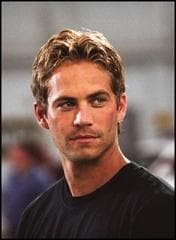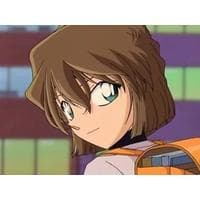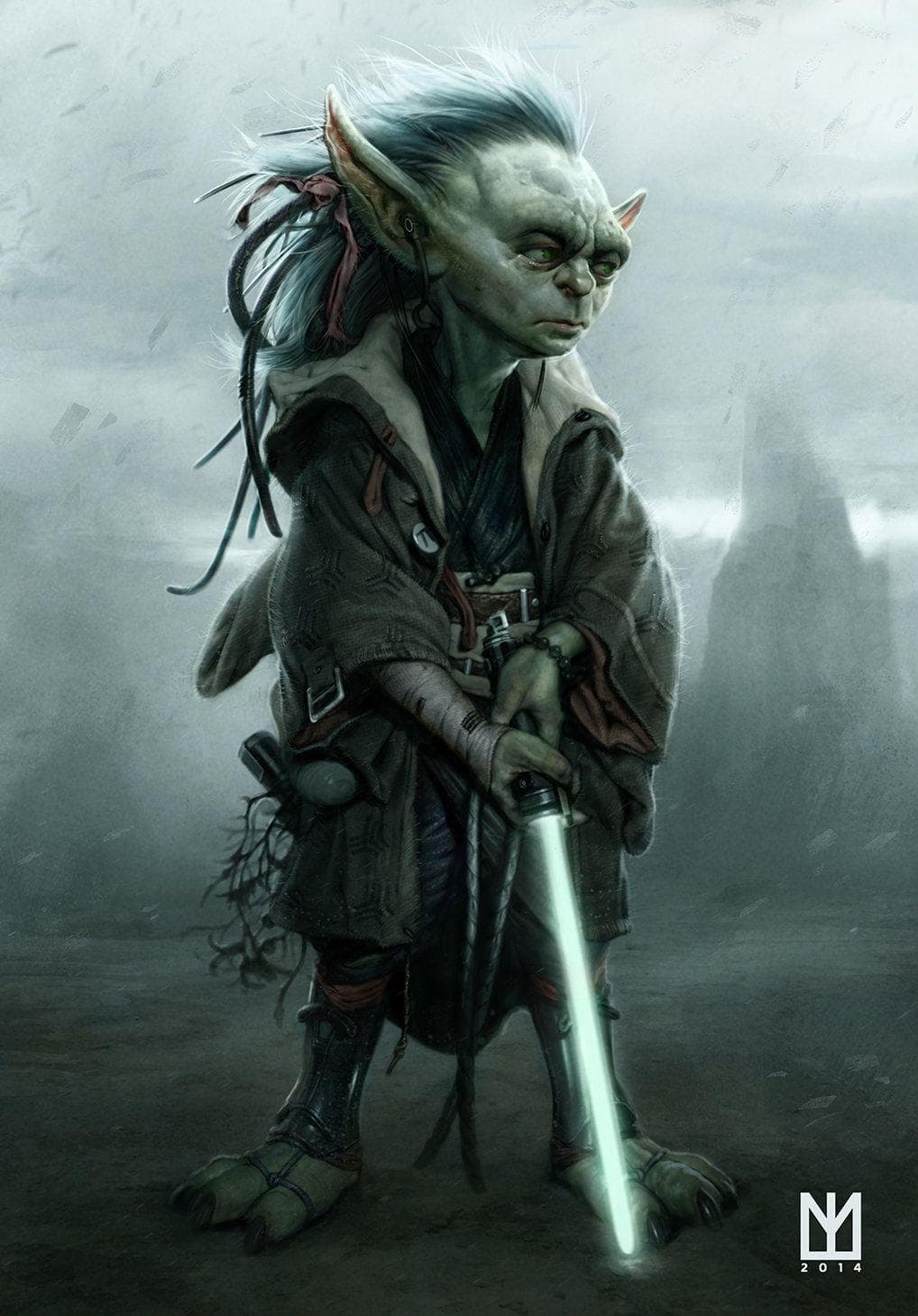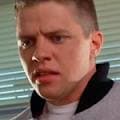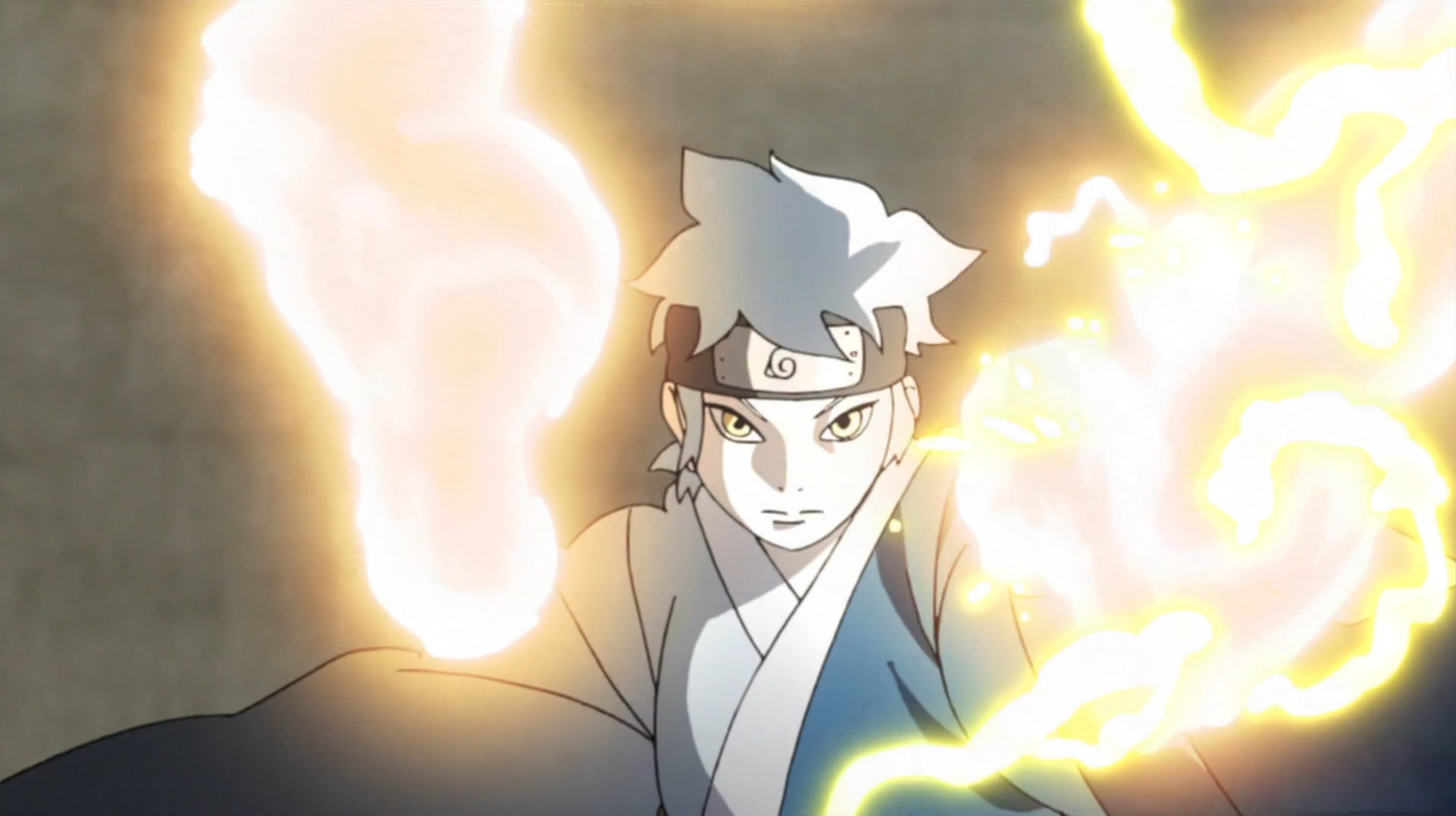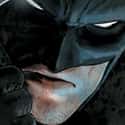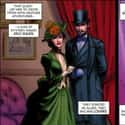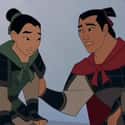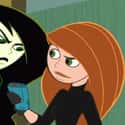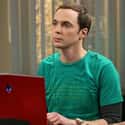-
(#7) Batman
- Batman Beyond, Young Justice, Batman, Batman: The Animated Series, Justice League Unlimited, Batman: The Brave and the Bold, The New Batman Adventures, Is Your Honeymoon Really Necessary?, Batman Beyond: The Movie, Batman Beyond: Return of the Joker, Batman: Under the Red Hood, Batman, The Dark Knight Rises, Batman Begins, Batman: Year One, Batman Fights Dracula, Batman: New Times, The Batman vs. Dracula, American Splendor, Robin's Big Date, Batman: The Dark Knight Returns, Part 2, Alyas Batman en Robin, Batman: Mask of the Phantasm, The Lego Movie, The Dark Knight, The Fatima Buen Story, Alyas Batman at Robin, Superman/Batman: Public Enemies, Justice League: Crisis on Two Earths, Justice League: Doom, Batman: Gotham Knight, Fight Batman Fight!, Movie 43, Batman Returns, Batman vs. Superman, Batman Forever, Batman, Batman & Robin, Disaster Movie, James Batman, DC Universe
If anyone from the Batman franchise is not exactly straight, everyone assumes it's Robin. According to writer Glen Weldon, who wrote an essay "unpacking the gay subtext of Robin, the Boy Wonder," for Slate magazine:
You’ve heard the gags, we all have. Slurs, cheap puns, and innuendo have dogged [Batman and Robin’s] partnership from the moment it began in 1940... factory-installed with unintended meta-meanings that read to us today like coyly coded messages.
But according to a comic writer in an interview with Playboy, the concept of Batman is "utterly gay," not Robin the Boy Wonder. According to Grant Morrison:
Gayness is built into Batman. I'm not using gay in the pejorative sense, but Batman is very, very gay. There's just no denying it. Obviously as a fictional character he's intended to be heterosexual, but the basis of the whole concept is utterly gay. I think that's why people like it. All these women fancy him and they all wear fetish clothes and jump around rooftops to get to him. He doesn't care — he's more interested in hanging out with the old guy and the kid.
-
(#11) Mystique
- Epic Movie, X-Men: First Class, X-Men: The Last Stand, X2, X-Men: Days of Future Past, X-Men, Marvel Universe, Earth-11052
Though you wouldn't know it from any of the X-Men movies in which she's appeared, Mystique has been bisexual since the early '80s in the Marvel comics. The shapeshifting mutant has bedded her fair share of men, but her longest relationship is with another female mutant named Destiny, a fact that writer Chris Claremont was editorially forced to skirt around at the time.
Together, the pair are an even rarer thing in superhero comics: same-sex parents, adopting the teenage runaway Rogue. Mystique's fluctuating form also makes her important to those who identify as gender fluid, non-binary or trans.
"Mystique was born female and possesses a female gender identity, but neither defines her," J. Skyler says on ComicBookBin. "She is as comfortable adopting a masculine persona and living as a man as she is in her natural form — an atypical mindset in a world where sex and gender so rigidly define all cultures and our perception of one another."
-
(#5) Li Shang
- Mulan II, Reflections on Ice: Michelle Kwan Skates to the Music of Disney's 'Mulan', Mulan
From Mickey Mouse to Ursula, Disney's canon has been subtly rainbow-shaded for decades, despite lacking enough actual LGBTQ+ characters. One of the more openly LGBTQ+ characters queer Disney fans have discovered is Mulan's Li Shang, the burly Captain who — according to @cece on Twitter — gives Mulan "the exact same look even when he thought she was a man."
The importance of "bisexual icon" Li Shang was especially felt when it was revealed that Disney had decided to cut the character from its live-action remake, sparking an online backlash with calls to boycott the film.
-

(#15) The Babadook
In 2016, Tumblr jokes circulated relating the Australian horror movie monster the Babadook to LGBTQ+ pride. But the joke didn't originate unfounded; the sexual subtext was derived from the film's storyline, in which a woman and her son only half-acknowledge the existence of the Babadook, "even as he has undeniable and chaotic impact on their family unit," writes Elle Hunt in The Guardian. She continues:
As Karen Tongson, an associate professor of gender studies and English at the University of Southern California, told the LA Times: “Someone was like, ‘How could The Babadook become a gay film’ and the answer was readily available... For many LGBT[Q+] people, that’s what it feels like to be in your own families sometimes."
The LGBTQ+ community embraced the Babadook, and turned the monster into a beloved symbol of queerness, individuality, and self-ownership. Many Pride parades since 2016 have seen the character's likeness showcased in the streets below rainbow-colored banners.
-
(#8) Shego
- Kim Possible
If you grew up in the early '00s, your Saturday morning cartoon schedule likely included watching Kim Possible's heated battles against her evil green lookalike Shego. As it turns out, the henchwoman's strength, sensuality, and sassiness resonated with a lot of young queer girls.
"Throughout the show, the sexual tension between the teenage crime fighter and her main nemesis is palpable," Vice's Kari Paul says. "Also, Shego got her powers after being hit by a RAINBOW COMET. Need I say more?"
-
(#12) Sheldon Cooper
- The Big Bang Theory
Asexuality is one of the most underrepresented identities in pop culture, and one of the most misunderstood in real life. Asexual characters' sexuality is often mislabeled, or harmfully characterizes them as misfits, villains, or devoid of emotion. One of the most well-known asexual icons is The Big Bang Theory's Sheldon Cooper, who some in the asexual community view as a problematic favorite.
"As an asexual person myself, I believe that Sheldon Cooper checks all the major boxes of asexuality, though the writers of the show insist he is not," Chloé Osmond writes at The Mary Sue. Even after Sheldon agrees to a more sexually intimate relationship with his girlfriend Amy, asexual audiences still connect with him, as one BuzzFeed contributor explains:
After his girlfriend — who didn't always seem to respect his feelings on sex — continuously pushed for him to be intimate with her, several serious conversations arose about romantic attraction and how he saw sex as something he would do mainly for her, not himself, which is similar to how I (and other asexual friends of mine) view sex with a romantic partner.
New Random Displays Display All By Ranking
About This Tool
We can clearly know that more LGBTQ+ icons appear on the big screen than ever before. Over the past few decades, the representation of the LGBTQ community in movies and TV shows has greatly increased. This has an important influence and a huge contribution to the LGBTQ+ equal rights movements. Looking back on history, there has never been a shortage of the most iconic LGBTQ characters.
The random tool introduced 16 characters that are LGBTQ+ icons in pop culture, including Thor, Ariel, Li Shang IN Mulan, and more famous characters that you never realize. Welcome to share this interesting tool with other friends and search for what you want here.
Our data comes from Ranker, If you want to participate in the ranking of items displayed on this page, please click here.



